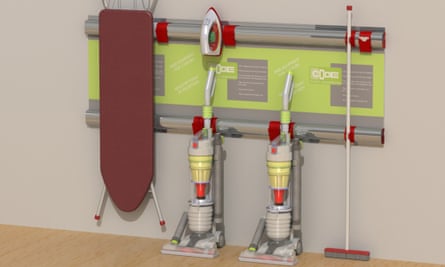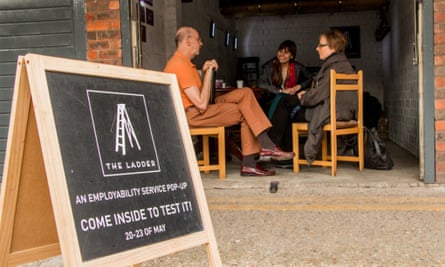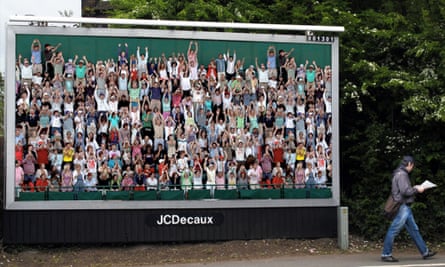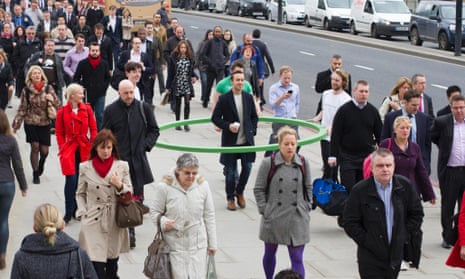Does your city need to reduce food waste? Perhaps you need a bit of help to motivate you on your morning run? Well, a group of young designers may just have the answer.
Projects responding to these issues are among those selected by the Design Council’s “ones to watch” competition earlier this month; a scheme in celebration of their 70th anniversary which champions 70 rising stars of British design who, they feel, will inspire and shape future design solutions.
One of the six competition categories focused specifically on designs for improving city life – while others addressed issues such as health, happiness and social impact. The fourteen designs for better urban living respond to the challenges posed by rapid urbanisation and the desire to reclaim the “human scale” of expanding cities.

Some of the winning designs raise awareness while others propose practical solutions. Jack Beveridge created a large circle structure to place around pedestrians, drawing attention to the lack of space we have in our cities to move. Lee Clarke’s “community rail” facilitates the sharing of bulky household appliances in communal accommodation, thus saving space.
Systems of design, as well as objects, were celebrated. Grace Davies’ Patch|Bristol project links allotment owners in Bristol with local food banks in order to reduce food waste and increase awareness of food poverty. The project includes proposed “pop-up patches” around the city to get people donating and distributing food.

The Ladder, a project by Laís de Almeida, gives tools and training for those wishing to set up and run businesses in their local community. The initiative helps people start micro-enterprises by matching their skills and aspirations to the needs of their community. Meanwhile, CityLive is a campaign to change perceptions of homelessness in Manchester: Lukas Valiauga’s digital storytelling project captures the attention of passersby with homeless individuals telling their story on touch screens in the city centre.
Laura Mazzeo’s Dragon Tram system, encouraging greener mobility in Hong Kong, and Claire Beard’s school for construction skills in Havana are among the other winning projects hoping to address urban challenges in cities around the world.

There are playful initiatives, too. Sarah Weigold’s Everyday Athlete interactive billboard is a motion-sensitive billboard depicting a crowd of spectators which cheers at pedestrians, cyclists and joggers that pass by. The project aims to encourage exercise and improve confidence: the faster someone moves, the bigger the crowd’s celebrations.
The Design Council may champion British design, but what other great design ideas have you seen recently to improve urban life, anywhere in the world? Share your thoughts in the comments below.

Comments (…)
Sign in or create your Guardian account to join the discussion